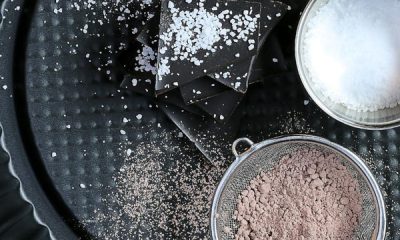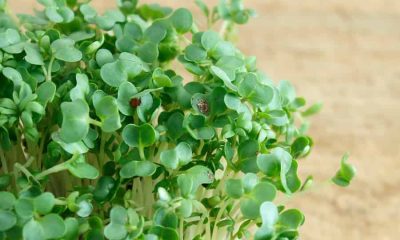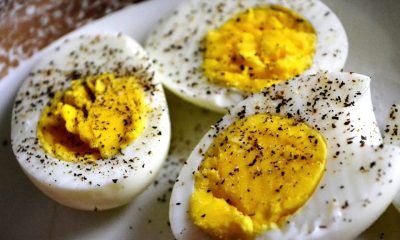Health
5 shocking health benefits of Silymarin

Discover the 5 shocking health benefits of Silymarin.
Plants are small chemical laboratories that contain the solutions for many of the diseases that afflict humans.
Such is the case of milk thistle, in whose seeds silymarin is present, which has become a very effective remedy for liver and biliary diseases.
This plant stands out for its ability to protect and regenerate liver cells, preventing toxic products that can harm the body from being absorbed.
Today we will talk about Silymarin and its health applications.
<img class=”i-amphtml-intrinsic-sizer” style=”box-sizing: border-box; max-width: 100%; display: block !important;” role=”presentation” src=”data:;base64,” alt=”” aria-hidden=”true” />
What is Silymarin?
Formula: C25H22O10
IUPAC name : (2R, 3R) -3,5,7-trihydroxy- 2 – [(2R, 3R) -3- (4-hydroxy-3-methoxyphenyl) -2- (hydroxymethyl) -2,3- dihydrobenzo [b] [1,4] dioxin-6-yl] chroman-4-one
Molar mass: 482.44 g / mol
Boiling point: 793 ° C
Classification: Flavonoid
The chemical components of this plant, called flavonoids, are silibinin, silicristin, and silybin, these together are called silymarin.
So, silymarin is the main active ingredient in milk thistle, and it is because of this that it has such special therapeutic properties.
Its use has been popularized in Europe for a long time, and given the extraordinary results that have been obtained, more and more health professionals indicate it in their consultations.
Buy silymarin extract here
Properties and health benefits of silymarin
Since ancient times the medicinal properties of silymarin have been valued.
For example, the Greeks and Romans considered it very appropriate to treat liver conditions, and even snake bites.
The Roman physician Pliny the Elder, who lived in the first century AD, documented its use to cure liver problems.
In modern times, numerous studies have found that silymarin’s range of action is not dependent on liver problems, but can be used successfully to treat digestive and skin diseases.
Now it is appropriate to delve more into the benefits of silymarin. Although there are many, we will only expose five.
1. The best to fight fatty liver
Recent studies published by the Spanish Phytotherapy Research Center reveal that silymarin contributes to the elimination of toxins accumulated in the liver, such as those caused by excesses in food, alcohol, drugs, or the use of pesticides.
On the other hand, the official journal of the American Association of Clinical Endocrinologists, argued after different research works carried out in animals and humans, that silymarin has antioxidant and antifibrotic activity, effective in preventing liver damage.
It is essential to provide the liver with antioxidant protection of its cells to cope with the oxidative stress generated by the accumulation of fat, which the liver cannot reverse on its own.
It is there that the bioflavonoids in silymarin act to eliminate metabolic waste, which would otherwise accumulate.
Some medications, such as prism milk thistle, have been very practical for the care of the liver and biliary diseases. In any case, ALWAYS ask the specialist if its use is appropriate.
2. An ally for skincare
Good health is closely linked to taking care of our body’s largest organ: the skin. Without a doubt, we all want you to look healthy and radiant.
In this regard, silymarin is a perfect accomplice, since it has antioxidant properties and exerts a good influence on skin cells to delay their aging.
It is believed that it could even be beneficial to treat problems such as eczema, acne, dermatitis, and psoriasis.
3. It has anti-cancer effects
The US National Cancer Institute has commented on laboratory experiments with cancer cell lines, which have indicated that silymarin improves the efficacy of cisplatin and doxorubicin against ovarian and breast cancer cells.
In this same line, possibly, silymarin produces anticancer effects in prostate and ectocervical cancer cells, because it decreases the rate of proliferation of cancer cells.
Something similar has been observed in the case of leukemia. All of these studies are experimental in the laboratory.
So far the result cannot be confirmed in people with cancer.
4. It helps you lose weight
Silymarin is present in many dietary supplements because it promotes the absorption of fats, the elimination of toxins, and the secretion of bile.
A sample of this is the Natural Prism 25 Day Challenge, a weight control product that contains silymarin.
By facilitating digestion, silymarin is often recommended for people with slow and heavy digestive processes.
It is worth adding that it is a natural remedy to control cholesterol and triglyceride levels.
5. Helps control diabetes
Silymarin is effective as a complementary therapy to control type II diabetes, as its compounds improve insulin sensitivity and lower blood glucose levels.
On the other hand, its antioxidant and anti-inflammatory properties are effective in reducing the risks of developing other typical complications of diabetes, such as kidney problems.
It should always be used in a complementary way to the medication prescribed by the doctor and with his or her approval.
How is silymarin taken?
It is amazing how many functions the extract of the seeds of the milk thistle plant plays, that is, silymarin, which usually contains a concentration of 80%.
Although the ideal thing is that you consume it in the doses that a health professional recommends, the common thing is that it is ingested between 300 and 600 mg daily.
Considering that silymarin does not dissolve easily in water, it is not advisable to make tea with it.
Silymarin contraindications
So far it has been established that both milk thistle and its active ingredient, silymarin, do not cause toxic effects.
However, some important contraindications and observations should be considered when consuming.
Here are some reactions silymarin can cause, as well as some precautions to take when using it.
In the case of some people, it could cause vomiting, nausea, diarrhea, and flatulence.
Of course, you should refrain from using it if you are allergic to silymarin or plants of the ragweed family.
During pregnancy and lactation, a physician’s consent must be obtained for its use.
Milk thistle extract is not recommended for hypertensive people.
It is also not appropriate for people with severe liver disease.
Diabetic patients should consume it only under the strict supervision of the physician.
Milk thistle can interact with drugs indicated to treat hepatitis, liver cirrhosis, antidepressants, and other plants.
For more than two thousand years, silymarin has been in the service of humanity.
Millions of people have benefited from its antioxidant effects, its ability to regenerate the liver and protect the skin.
And its application to many other health fields is still being studied.
Health
7 shocking health benefits of maqui

Table of Contents
Health
3 Benefits of salt water and side effects
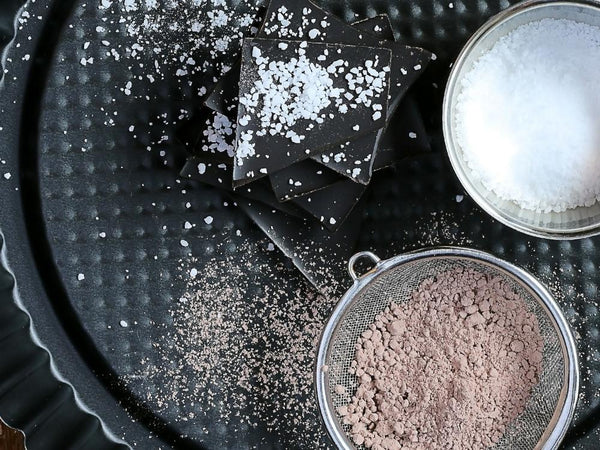
Discover the 3 shocking health benefits of salt water and side effects.
Sometimes the best remedies in life are the simplest. This is true of an ancient skincare hack known for tightening pores, balancing oil production, and rejuvenating skin.
You won’t need fancy skin creams packed with chemicals and preservatives to achieve a youthful glow after this.
You can start to improve the quality of your skin with just two things: purified water and high-quality salt, and you will see how the benefits of saltwater will work miracles for you.
Health Benefits of saltwater
Since saltwater therapy has been used for centuries throughout the world, including ancient Greece, there is strong anecdotal evidence that it works wonders on the skin.
A handful of studies have found the saltwater bath to be particularly effective for troublesome skin conditions, such as psoriasis.
Saltwater is said to benefit your skin in the following eleven ways:
• Closes open pores
• Absorbs excess oil
• Balances oil production
• Kills acne-causing bacteria
• Diminish scars
• Heals scratches and cuts
• Exfoliates dead skin cells
• Restores the natural pH of the skin
• Improves the barrier function of the skin
• Improves hydration
• Reduces inflammation
1.- Benefits of salt water for acne
If you are lucky enough to live near the ocean, you may already know this beauty secret.
But if you don’t live on the coast, just fan warm salt water the next time you have an outbreak.
Try mixing a cup of purified water with a tablespoon of sea salt.
Use a cotton ball to gently apply saltwater to acne and allow it to dry.
By the way, if you try this treatment and your acne still isn’t clearing up within a day or two, maybe your diet is to blame.
Make sure to avoid sugar, processed junk, gluten, peanuts, yeast, and dairy for a while to see if your skin clears up.
Eat plenty of green leafy vegetables, lean protein sources, and healthy fats like coconut oil and avocados; your skin and waist will thank you.
2.- Benefits of salt water for scratches
If you’ve ever heard the expression “throwing salt on a wound,” you probably aren’t very interested in putting salt water near your scratches.
However, this treatment can be beneficial in killing harmful bacteria and speeding up the healing process.
Research shows that bathing in magnesium-rich Dead Sea salt improves the skin’s barrier function, improves skin hydration, and reduces skin inflammation, which are all the things you’ll need if you have a cut or scratch.
Fill your bathtub with warm water and pour in a cup of sea salt.
Take the experience to the next level by adding 10 drops of lavender essential oil.
The scent will promote a deep sense of relaxation – you may even feel like you are in a spa!
3.- Drink salt water to heal from the inside out
The good thing about salt water is that there are many ways to use it. A glass of warm salt water, called “Sole,” is a great way to start your day and promote internal healing.
As long as you use a natural form of salt (and avoid drinking seawater), it will promote hydration, facilitate digestion, reduce inflammation, improve your sleep, detoxify your cells, improve your bone health, and more.
What does salt do to the body
We rarely think about what goes into nature’s most common treasures, like salt.
This natural mineral comes directly from the earth, formed into crystals from a combination of sodium and chloride.
It is found naturally in seawater, making up at least three percent of our world’s oceans. And when seawater is trapped, the water evaporates and leaves salt crystals.
Despite what you may have heard about sodium and your health, a natural source of salt contains vital nutrients that are important for maintaining optimal well-being.
First, salt provides key minerals like sulfur, calcium, sodium, magnesium, silicon, boron, potassium, bromine, and strontium.
With its rich mineral content, salt can help you lose weight, reduce asthma symptoms, improve blood sugar levels, and regulate heart health.
However, keep in mind that not all salts are created equal. Table salt, for example, is highly processed and bleached before it reaches that little glass bottle.
Unfortunately, during mass production, manufacturers strip you of everything good for your health.
The result is a product that does not resemble its original form and can even harm your health. When doctors warn against consuming too much salt, table salt is what they mean.
For your skincare routine and general health, try using these unprocessed varieties:
Sea salt for skin
Natural sea salt contains the many minerals our bodies need, such as magnesium, calcium, sodium, and potassium.
All of these play a role in the health of our skin, allowing cells to communicate with each other and heal problems that arise.
When you don’t have enough minerals, you will see annoying symptoms like dry skin, dullness, irritation, and blemishes.
Fortunately, sea salt can naturally enhance hydration and strengthen the outer layer of your skin to keep it looking healthy.
Himalayan pink salt for skin
Despite the name, there are no salt mines in the Himalayas. The pink salt slabs come from the Khewra Salt Mine in Pakistan, about 300 miles west of the Himalayas.
As the second-largest salt mine in the world, people have been collecting this commodity for more than 2,000 years.
Only in the last decade has it become popular in Western culture. Salt is made up of 95 percent sodium chloride.
The rest is a mixture of polyhalite and other minerals, which give the salt its characteristic pinkish hue.
Due to the lack of processing, it still contains the beneficial minerals that your skin will love.
As you can see, saltwater provide a series of skincare benefits, so if you want to show off shiny and well-groomed skin, do not hesitate to follow each of the tips in this publication step by step.
Health
12 Benefits of Jamaica flower and side effects
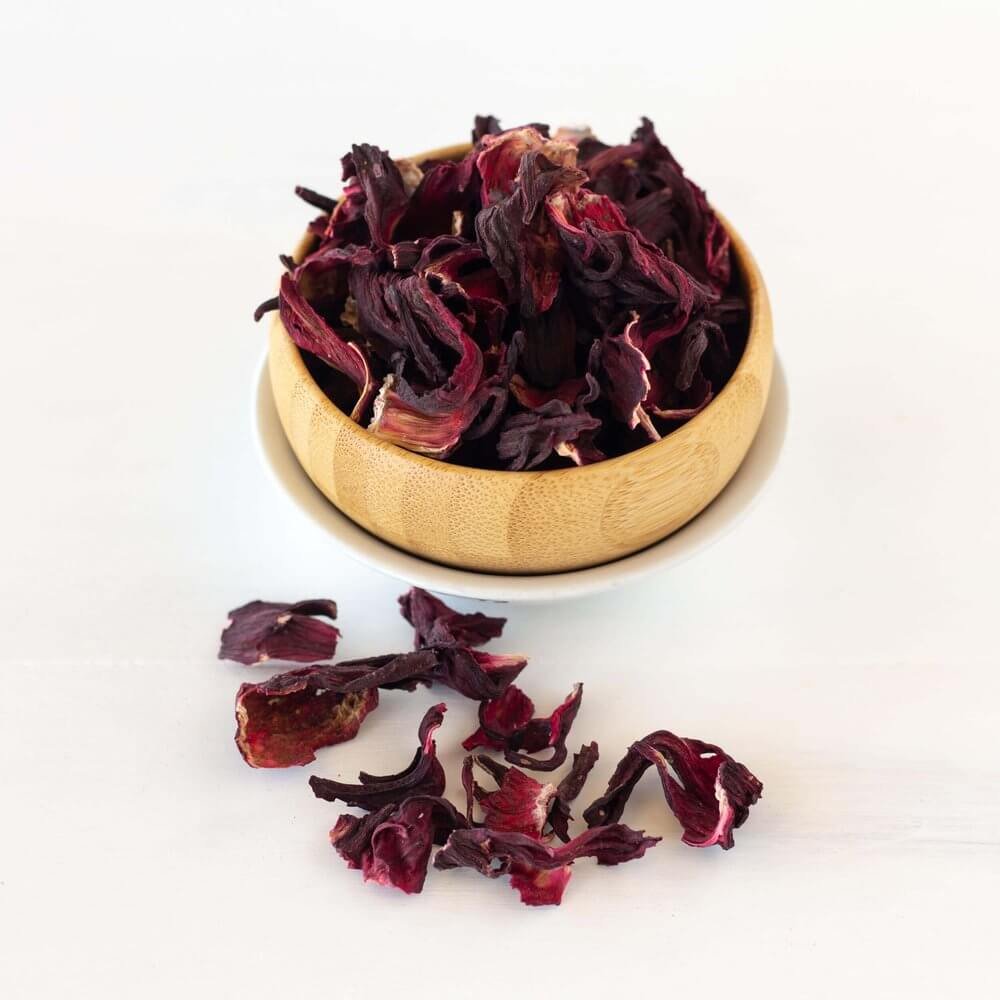
Table of Contents
-

 Food5 months ago
Food5 months ago10 + Benefits of carrot juice and side effects
-

 Food5 months ago
Food5 months ago8 shocking benefits of leek juice and side effects
-

 Health5 months ago
Health5 months agoBenefits of guava leaves Sensually
-

 Health5 months ago
Health5 months ago10 shocking health benefits of Canary seed milk
-

 Health5 months ago
Health5 months ago7 health benefits of cashew leaves and side effects
-

 Health5 months ago
Health5 months ago13 shocking health benefits of Thai eggplant
-

 Weight Loss5 months ago
Weight Loss5 months agoKelly Osbourne weight loss 2022
-
Weight Loss5 months ago
Chrissy Metz Weight Loss Secret (2022)





